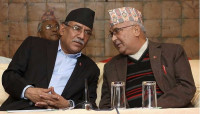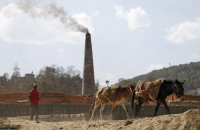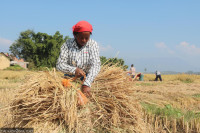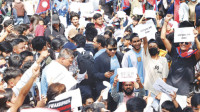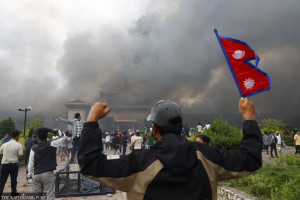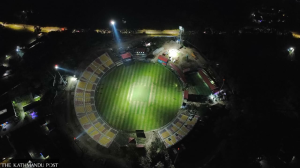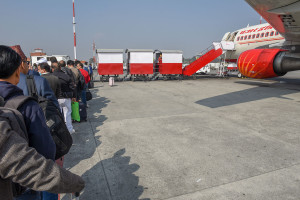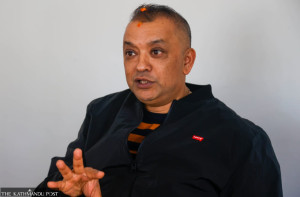Columns
Education and Afghanistan’s security
The current Afghan government relies on international aid for 75% of its budget.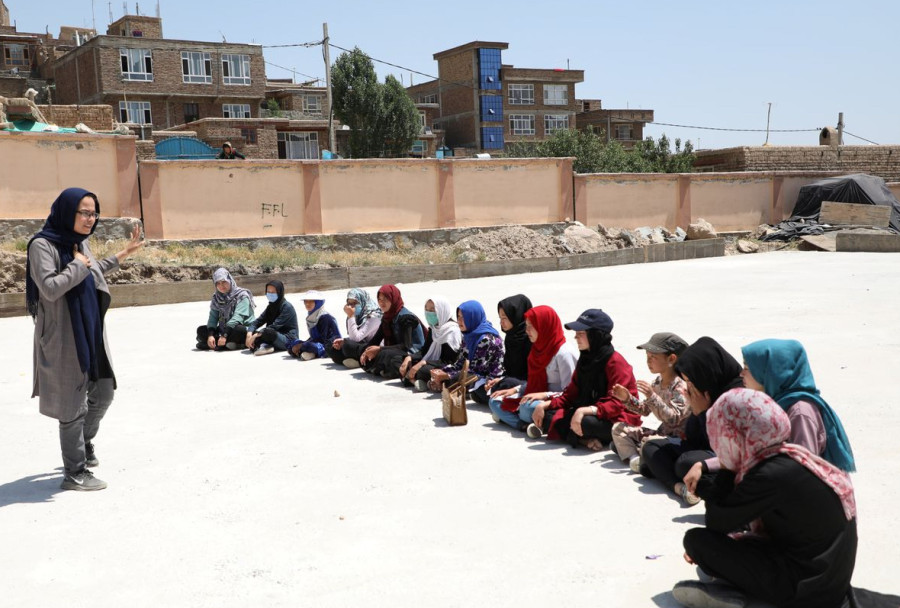
Karen Greenberg
US President Joe Biden has decided that it is time for American troops finally to leave Afghanistan, the first country to which the United States sent troops after the September 11, 2001, terror attacks. He set a fitting withdrawal deadline—the 20th anniversary of those attacks—but America’s remaining troops have left the country much sooner, with only 600 remaining in early July, along with other NATO forces and thousands of private contractors.
Biden’s timetable has elicited cheers from those who are eager to end the “forever wars.” But it has also drawn criticism from those who predict the collapse of the Afghan government, a takeover by the Taliban, and renewed al-Qaeda activity. Already, violence is on the rise, and progress in areas like women’s rights, hygiene, and health is at risk of being reversed. Yet there are ways to mitigate such risks that have little to do with the military.
As it stands, the military dimension of America’s Afghan policy seems to be the one getting all the attention. “Ending US involvement in an endless war doesn’t end the endless war,” warned General David Petraeus, a former commander of the US Central Command and CIA director. “It just ends our involvement. And I fear that this war is going to get worse.” Petraeus also noted that the US is losing a valuable platform for regional counterterrorism campaigns, concluding that America would come to regret the decision to withdraw.
Biden administration officials share some of these fears. CIA Director William Burns has highlighted the challenges posed by America’s diminished capacity to collect intelligence in the country. Ultimately, as National Security Advisor Jake Sullivan bluntly put it, the Biden administration “can’t make any guarantees about what will happen inside the country. No one can.”
But, Sullivan continued, the Biden administration can improve Afghanistan’s chances of defying the prophecies of doom by providing resources and training to the country’s security forces. Moreover, as Secretary of Defense Lloyd Austin assured NATO, the US will “continue to fund key Afghan capabilities.” Drones, cruise missiles, and spyware, officials say, will be available for intelligence gathering and lethal attacks. The US will stay vigilant, Sullivan promises, albeit from afar.
But such hard-power tactics alone will not stabilise Afghanistan, let alone put it on the path toward long-term peace and prosperity. For that, soft-power solutions are also essential.
Even as US and NATO troops leave, the United Nations is maintaining its presence in Afghanistan to deliver aid. So, reportedly, are more than 160 humanitarian agencies. Last week, the US State Department pledged $266 million in new assistance to help its humanitarian partners in the country deliver support to those in need, including millions who are internally displaced.
Some experts have advanced promising proposals for leveraging such aid to improve Afghanistan’s prospects. Robert Gates, another former CIA director who was also US Secretary of Defense, suggests establishing an international Afghan development fund whose funds would be conditioned on political and economic reforms or on a peace agreement that includes “basic rights for women and a disavowal of terrorists.”
Likewise, Ashley Jackson and Rahmatullah Amiri argue that international aid can be leveraged to ensure that women and girls retain the rights they have gained over the last two decades, even if the “retrogressive” Taliban returns to power. After all, they point out, the current Afghan government relies on international aid for 75% of its budget.
Jackson and Amiri emphasise the role of education – and for good reason. With over 70% of the Afghan population under 25 years of age, educating today’s young people means creating a generation of skilled workers, potentially effective leaders, and engaged citizens. That is a formula for political stability and sustained economic development.
Over the past 20 years, significant progress has been made on the education front. After 2001, access to education among boys and girls increased tenfold. The US Agency for International Development (USAID), citing the Afghan Ministry of Higher Education, reports that “student enrollment grew from 900,000 male students in 2001 to more than 9.5 million students, 39 percent of whom are girls, in 2020.”
Much of this progress has been enabled by foreign donors. With such support, NGOs, working with UNICEF, have contributed to strengthening elementary education. USAID has developed programs that engage US universities and schools to bolster the development of Afghan educational institutions. Donor-supported graduate programs, teaching training, certification programs, and guidance on educational standards have helped professionalise teaching and energise research.
But delivering quality universal education in Afghanistan remains an uphill battle. According to UNICEF, an estimated 3.7 million Afghan children are out of school, more than half of them girls. The COVID-19 pandemic and the recent uptick in violence have created additional headwinds. As the withdrawal of US and NATO troops raises the risk of further violence, the maintenance—and expansion—of educational support is essential.
Given security and health considerations, remote partnerships will be central to this effort. Fortunately, such arrangements can build on the rapid development of virtual learning platforms and teaching methodologies, as well as expanded access to telecommunications hardware, that the pandemic spurred.
To be sure, while education is a necessary condition for stability and prosperity in Afghanistan, it is not sufficient to ensure that outcome. But, as USAID head Samantha Power observed in her memoir, education can turn impossible ambitions into achievable goals. Thanks to the efforts of the past 20 years, this has already happened for many girls and women in Afghanistan. Ensuring that it continues to happen is not up to international troops. But it is up to the international community.
—Project Syndicate




 13.12°C Kathmandu
13.12°C Kathmandu
